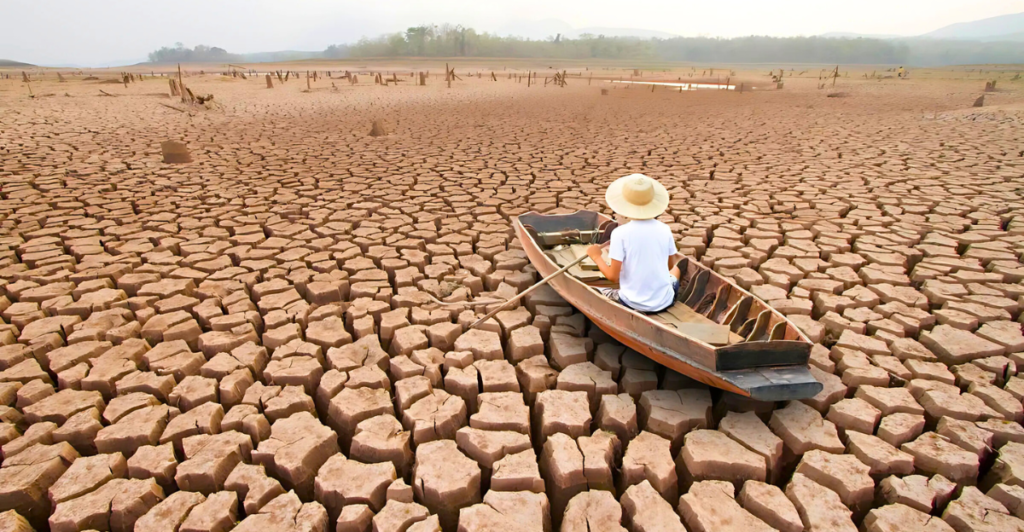
Climate change is transforming the world, and the United States is not immune to its impacts. Rising temperatures, heatwaves, and other climate-related challenges are increasingly affecting regions across the country. Experts warn that if current trends persist, significant portions of the U.S. could become uninhabitable by 2070. This article examines these dire predictions and the ripple effects they could have on the nation and the globe.
Heatwaves Impacting Millions
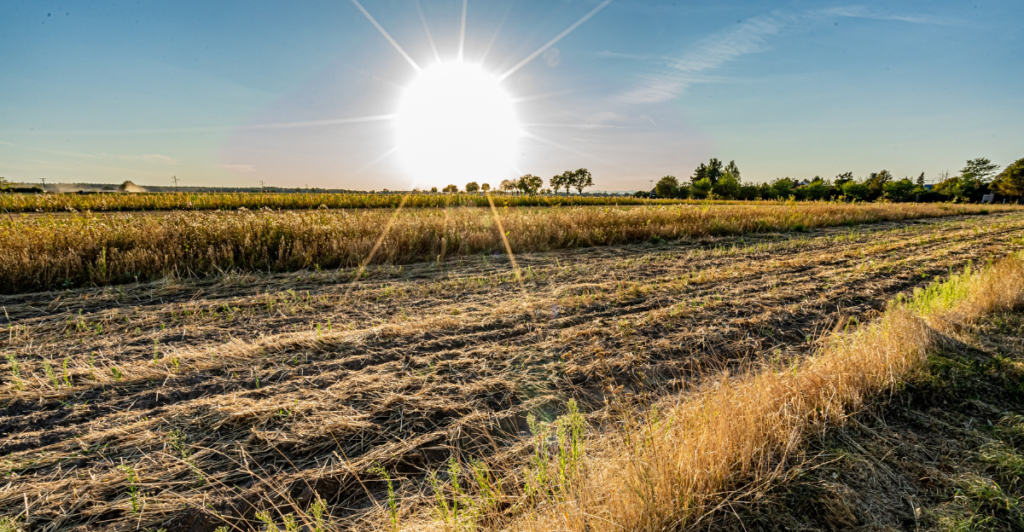
Heatwaves have become a recurring issue in the U.S., with record-breaking temperatures reported across the nation. During the Fourth of July celebrations, heat warnings were issued, underscoring the severity of the situation. Rising temperatures are no longer isolated events—they are becoming a new normal.
UN Climate Report Raises Alarms
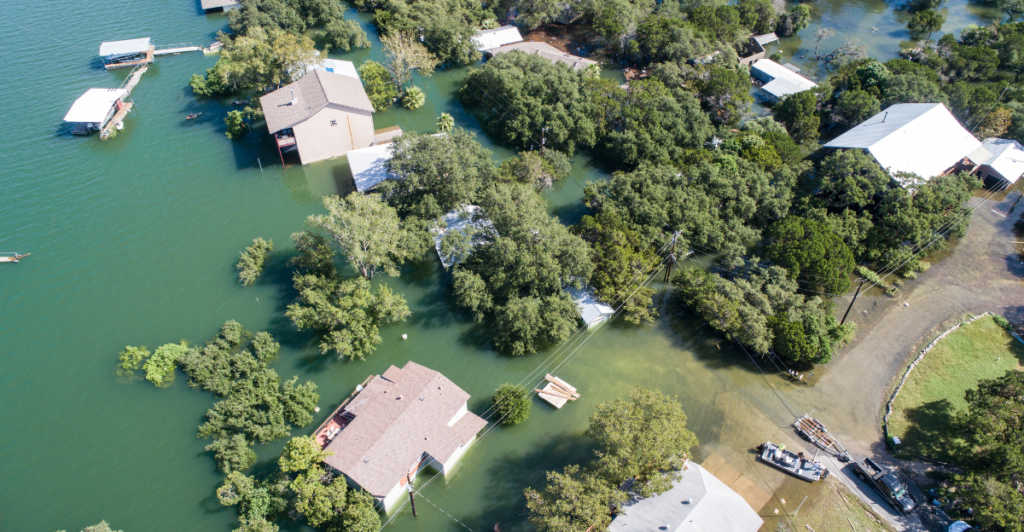
A 2022 United Nations climate report highlighted that states such as Georgia, Alabama, Louisiana, and California might become “less suitable” for human habitation by 2070. The report points to rising temperatures as a primary driver of this decline in livability.
Human Limits to Heat Tolerance

The human body has limitations in handling extreme heat. As NBC’s Joe Fryer noted, prolonged exposure to high temperatures can lead to heat stress, a condition that can be life-threatening. This concern raises questions about the long-term habitability of certain regions.
A Narrow “Climate Niche”

Humans have historically thrived within a specific “climate niche” characterized by moderate temperatures. However, climate scientists warn that this balance is being disrupted. For thousands of years, these conditions have supported food production and human development, but rising temperatures threaten to push many areas out of this niche.
Dire Projections for 2070

By 2070, up to one-third of the global population could face life-threatening heat conditions. Currently, such extreme heat is typical of places like the Sahara, but it could become widespread in the coming decades if greenhouse gas emissions continue at their current rate.
Climate Migration Looms
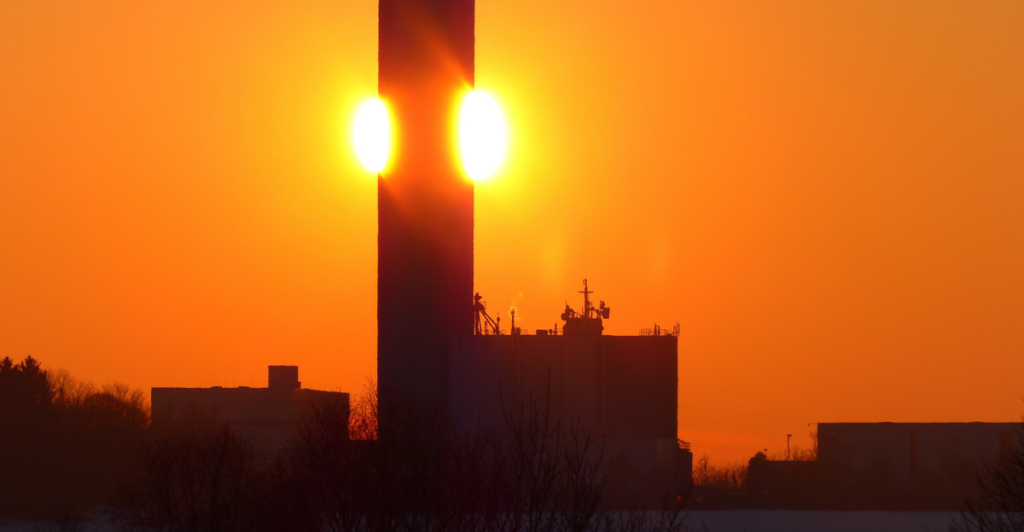
As some areas become uninhabitable, climate migration is expected to rise. Vulnerable populations in the hottest regions will be forced to move, putting pressure on cooler, more habitable regions. This migration could lead to overcrowding and strain on infrastructure in receiving cities.
The Global Impact of Rising Temperatures
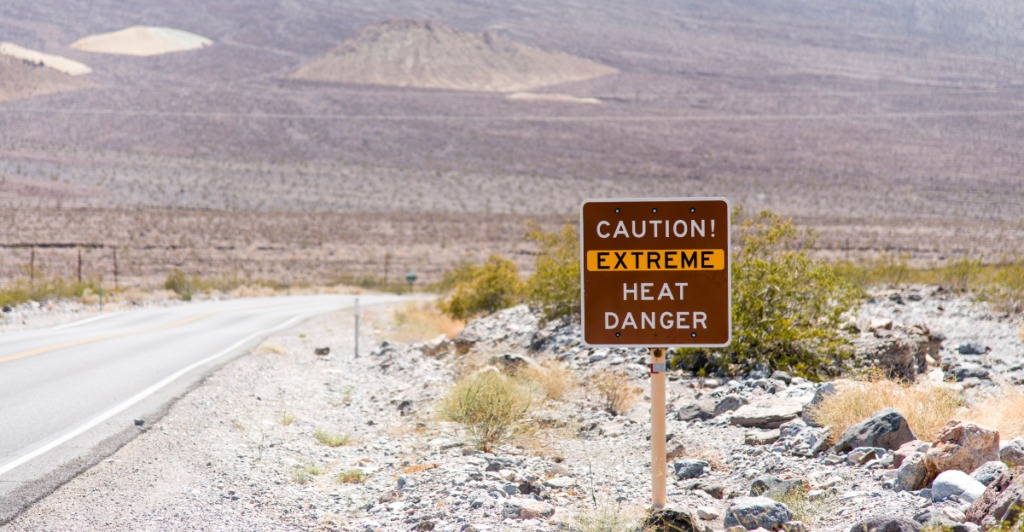
A study published in the Proceedings of the National Academy of Sciences predicts that for every 1°C (1.8°F) increase in temperature, 1 billion people may need to relocate or adapt to extreme heat. This unprecedented movement of people could have significant social and economic implications worldwide.
The Role of Wildfires and Drought
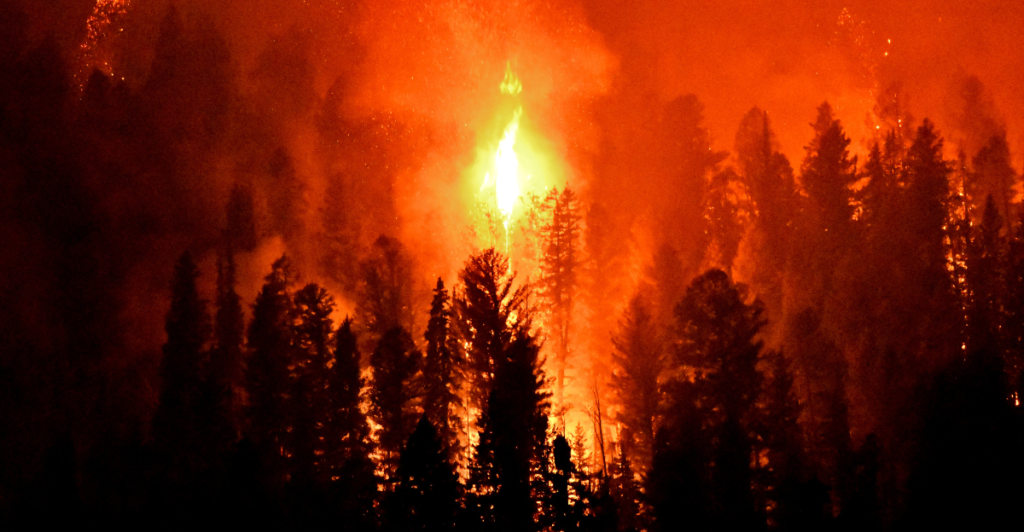
Extreme heat is not the only issue tied to rising temperatures. Wildfires and droughts are becoming more common in the U.S., further reducing the habitability of affected regions. Farmers, particularly in areas like California, are already feeling the strain as arable land diminishes.
Coastal Areas at Risk

Coastal areas are facing dual threats of rising sea levels and extreme weather events. States like Louisiana and California are not only grappling with heat but also with the erosion of coastlines and increased flooding, making these regions even more vulnerable.
Lessons from Greenland
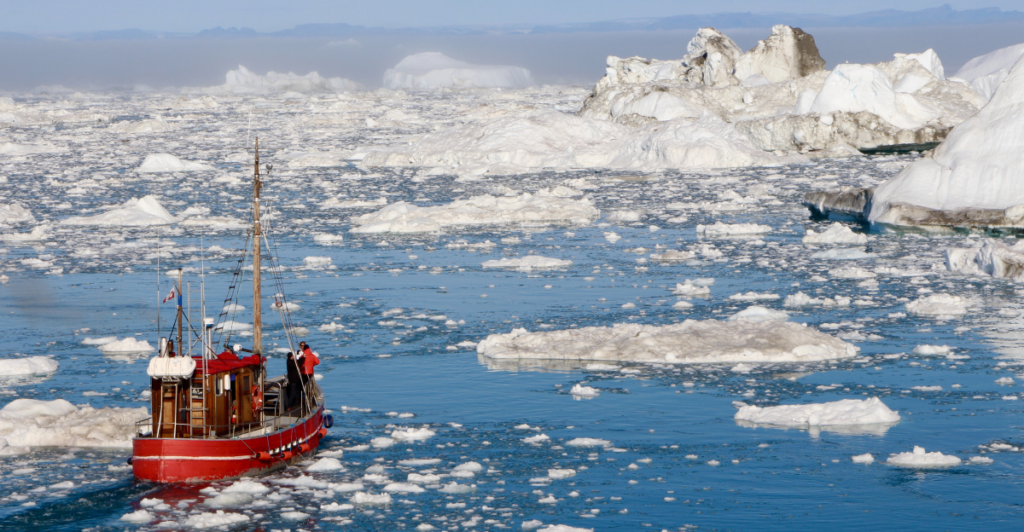
Greenland, considered ground zero for climate change, provides a stark warning. Melting ice sheets there contribute significantly to rising sea levels, which could have catastrophic effects on coastal cities around the world. The imagery of massive icebergs breaking apart is a vivid reminder of the urgent need for action.
The Economic and Cultural Toll
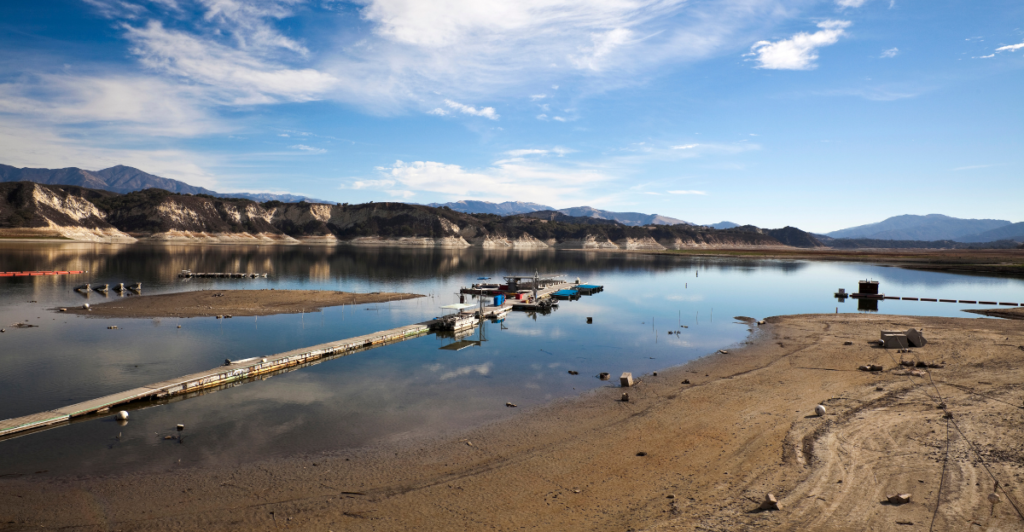
Communities reliant on agriculture, fishing, and tourism are at risk of losing their livelihoods. From Texas floods to California droughts, the economic and cultural identity of many regions is under threat, further complicating efforts to adapt.
A Call to Action

Experts emphasize that these projections are not inevitable. Tim Kohler, an archaeologist and co-author of the 2022 study, describes the findings as a “business-as-usual” scenario if immediate action isn’t taken. Mitigating climate change through policy, innovation, and global cooperation is critical to preserving livable conditions for future generations.
Discover more of our trending stories and follow us to keep them appearing in your feed

Colossal American Impact Crater Found—Three Times Bigger Than the Grand Canyon
Deepest Hole On Earth Permanently Sealed After 2 Billion Year Old Discovery
12 Under-the-Radar Climate and Nature Breakthroughs From 2024
A Climate ‘Time Bomb’ in the Mediterranean Threatens Global Weather—Is the U.S. Prepared?
References:
Billions of people could live in areas too hot for humans by 2070, study says
This is what the world could look like in 2070
Stay connected with us for more stories like this! Follow us to get the latest updates or hit the Follow button at the top of this article, and let us know what you think by leaving your feedback below. We’d love to hear from you!







